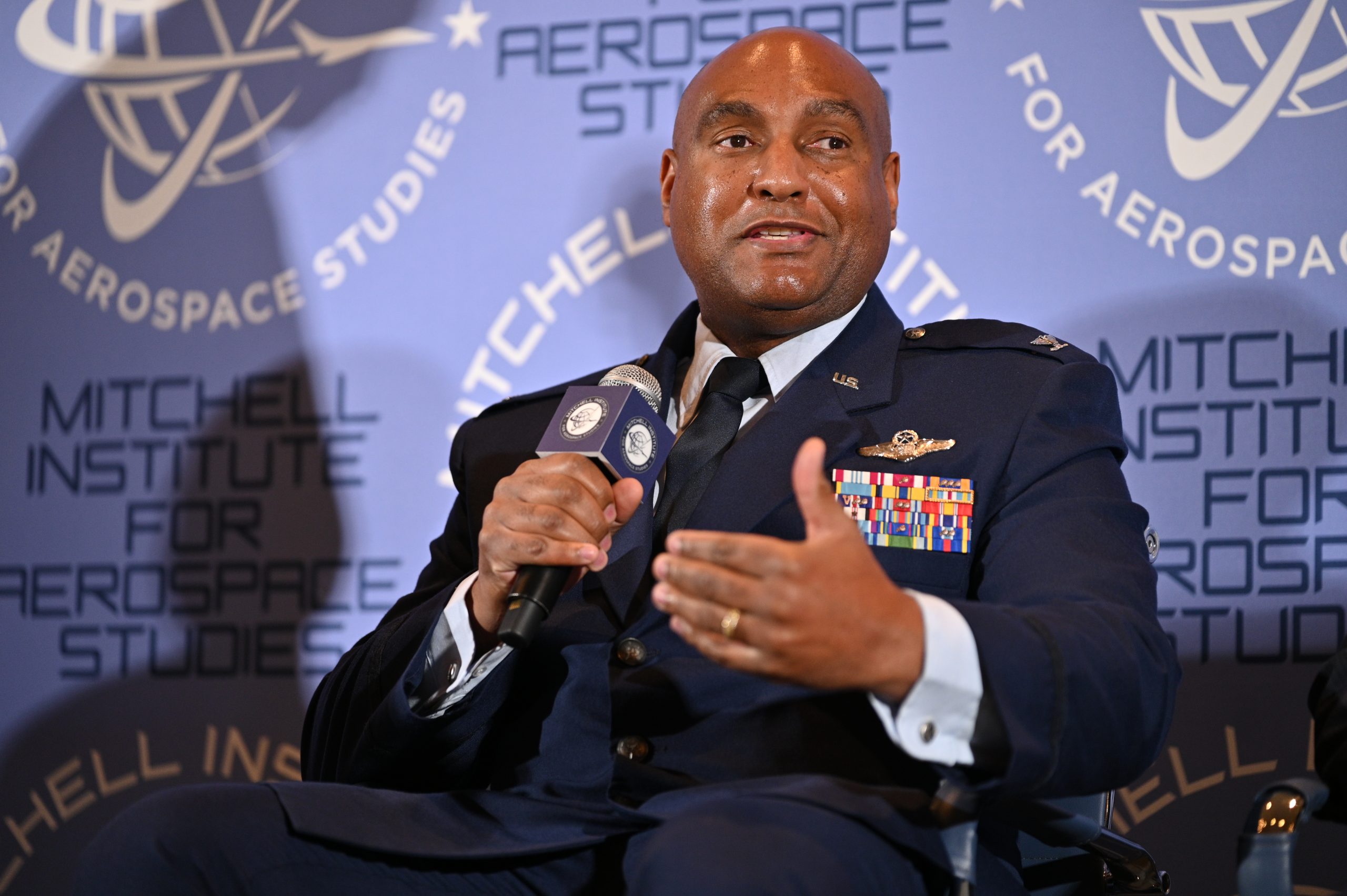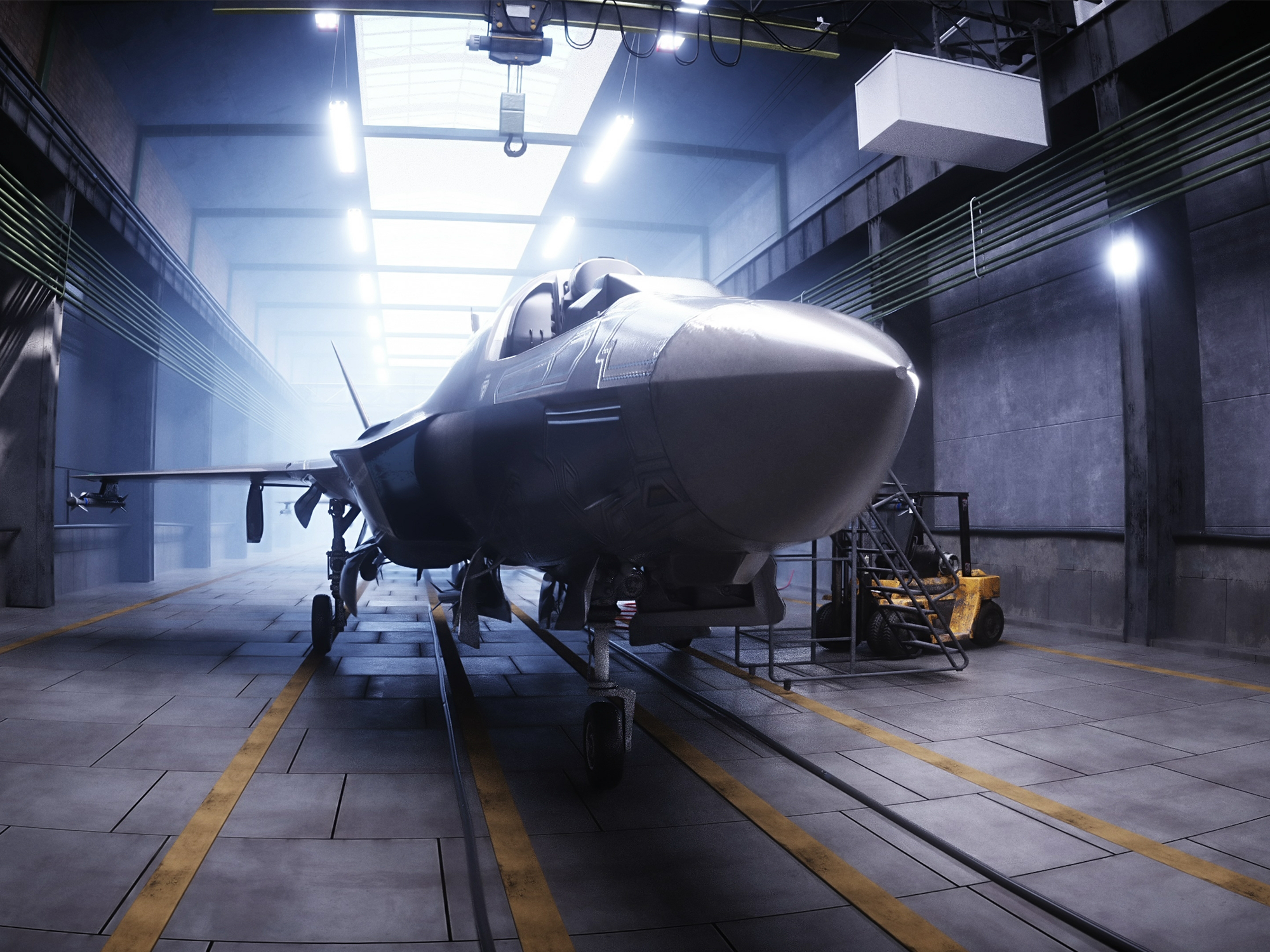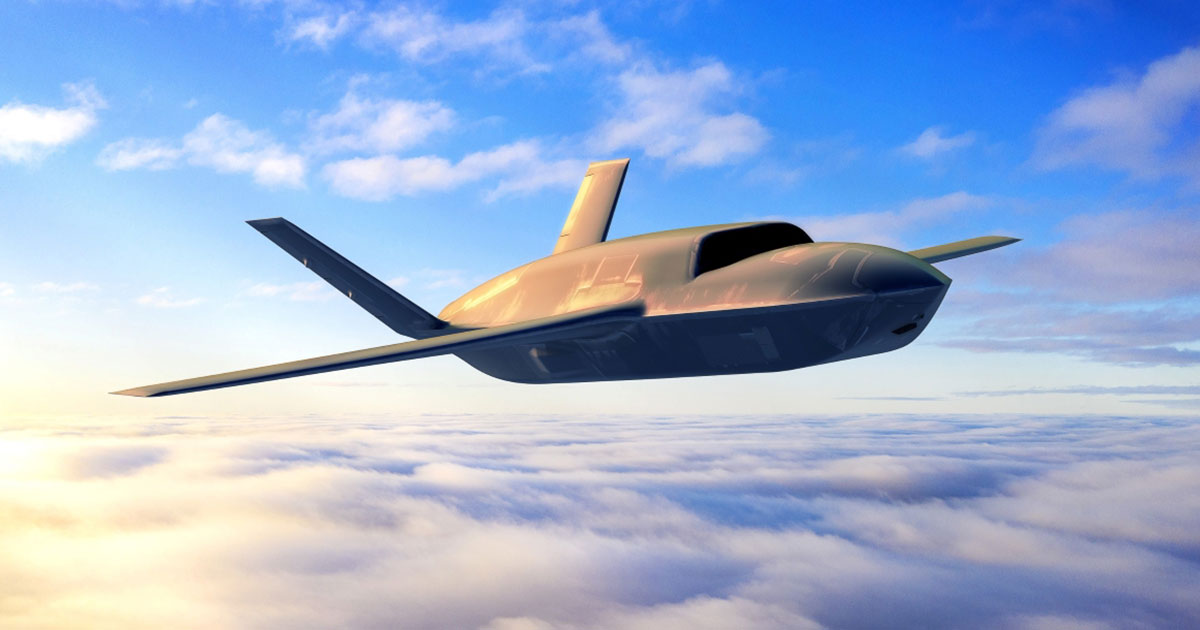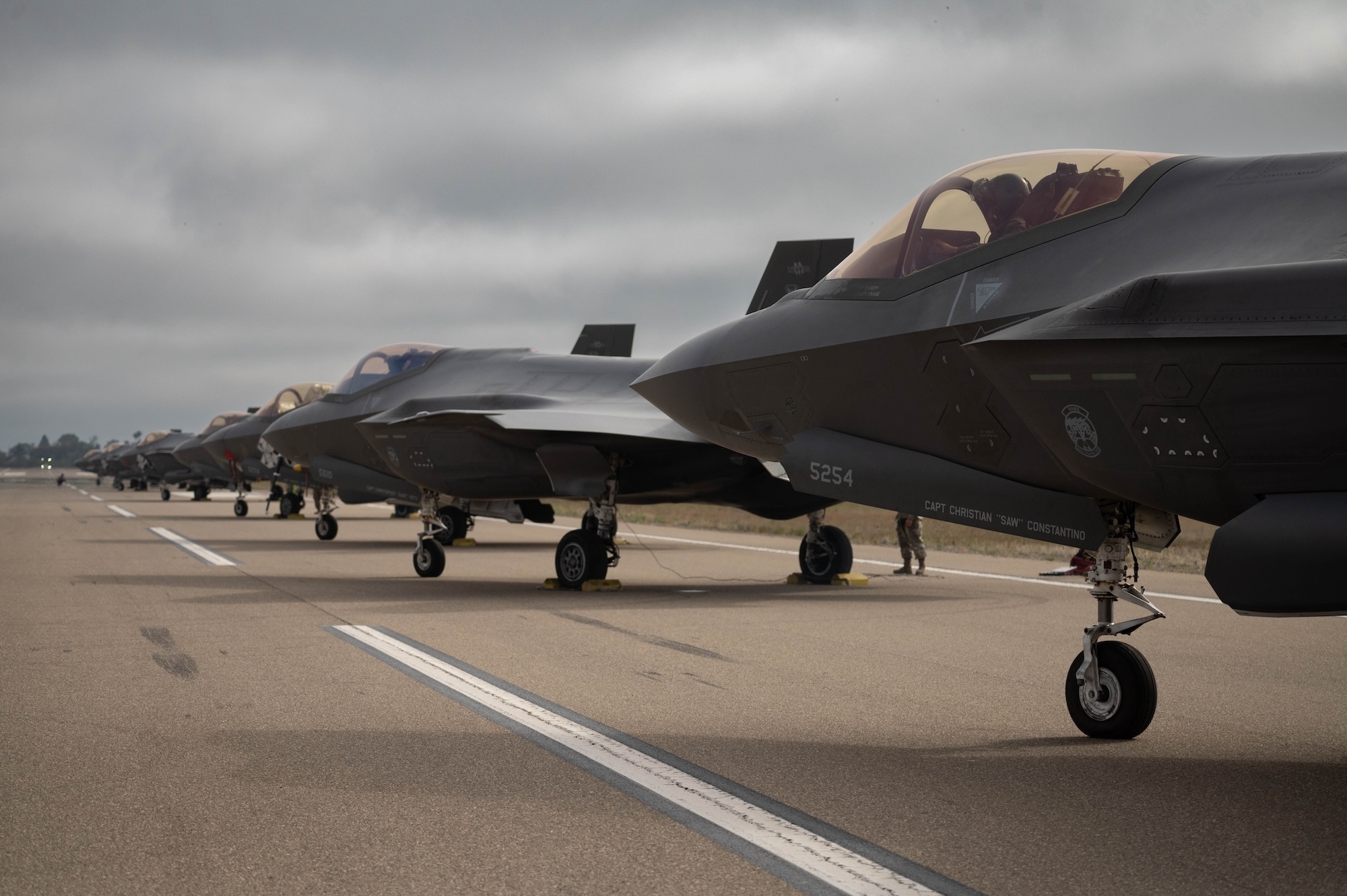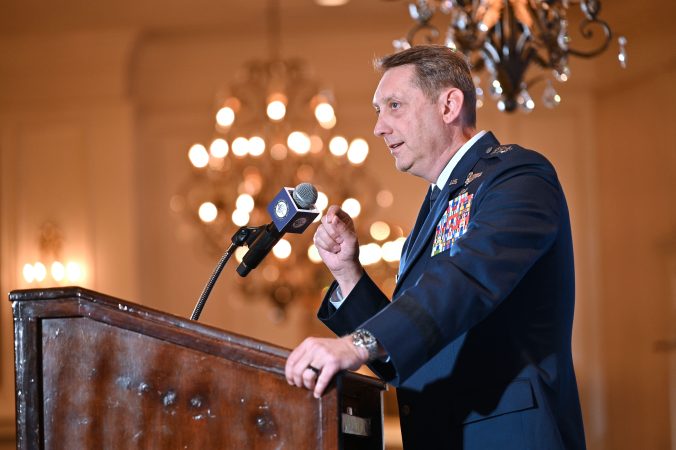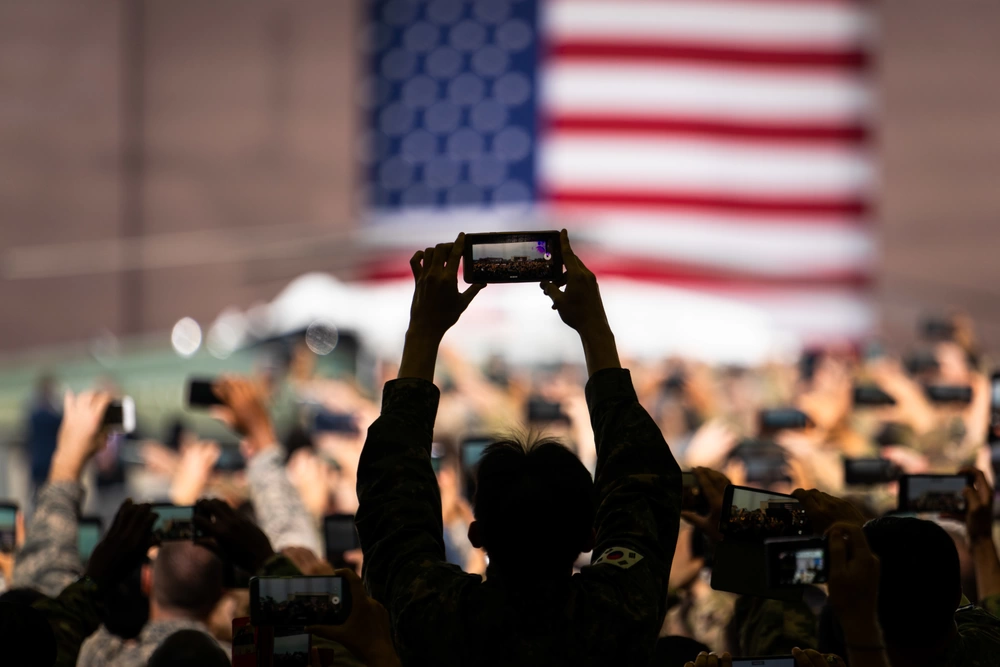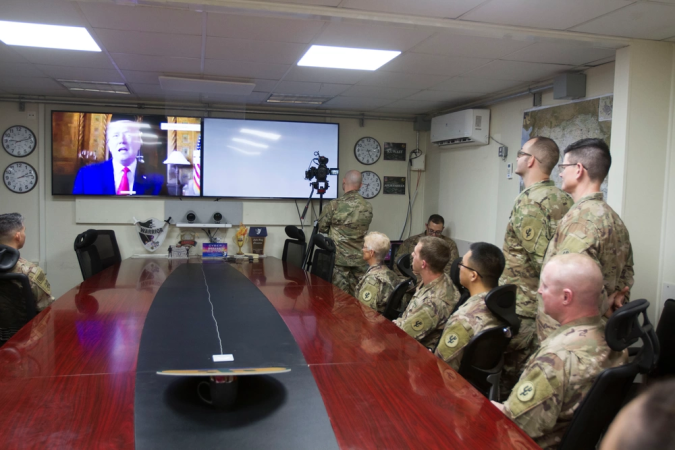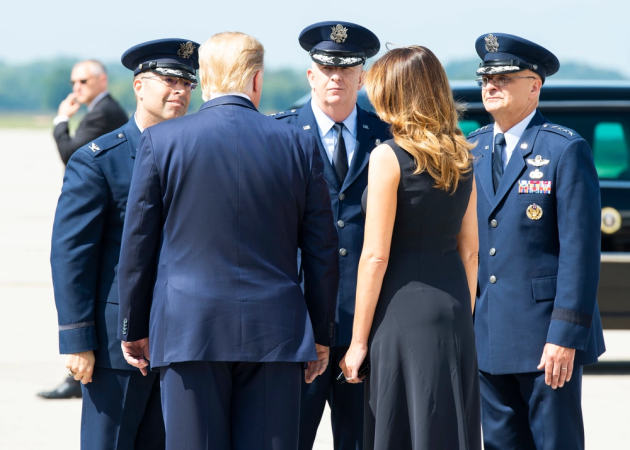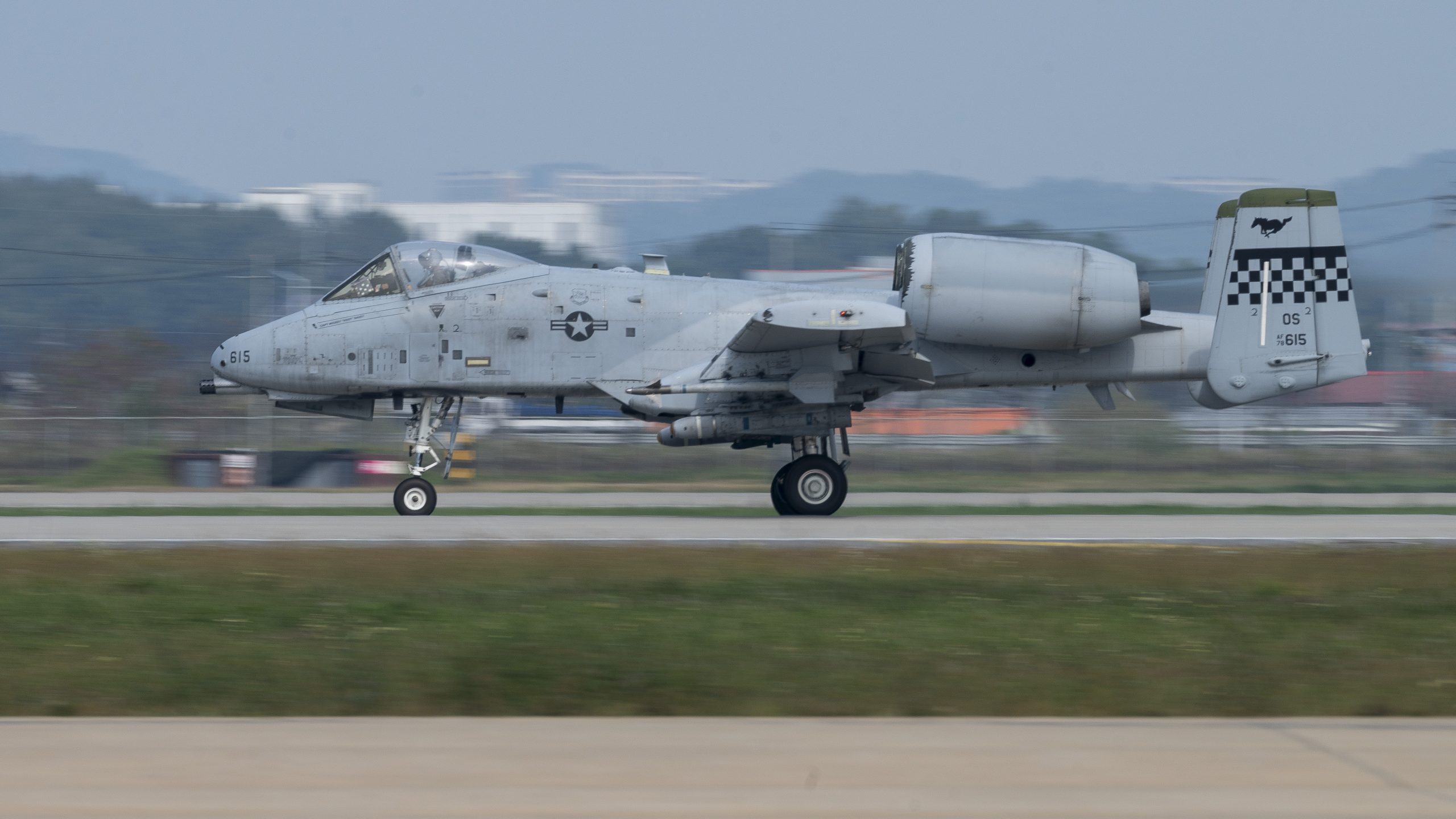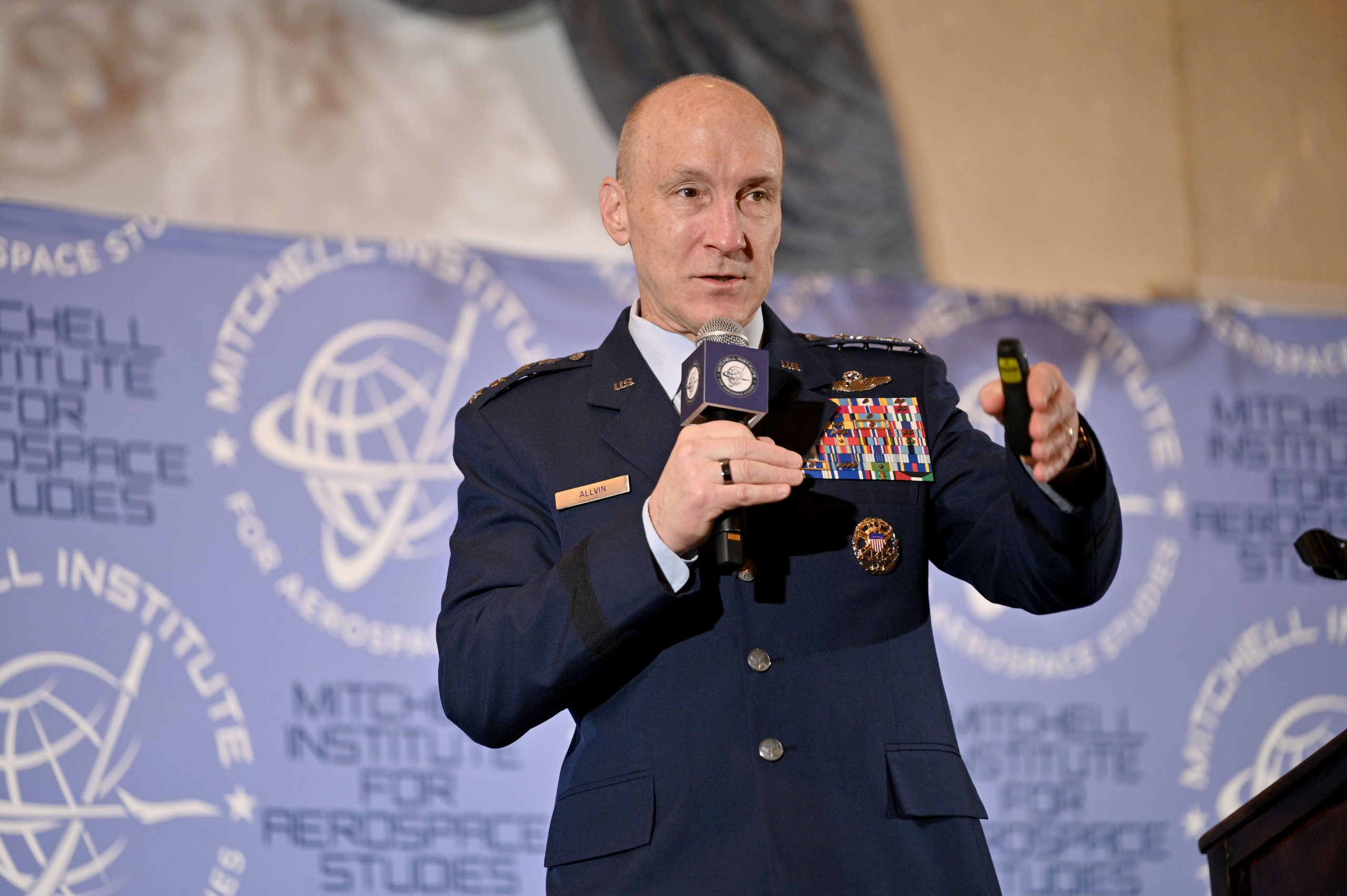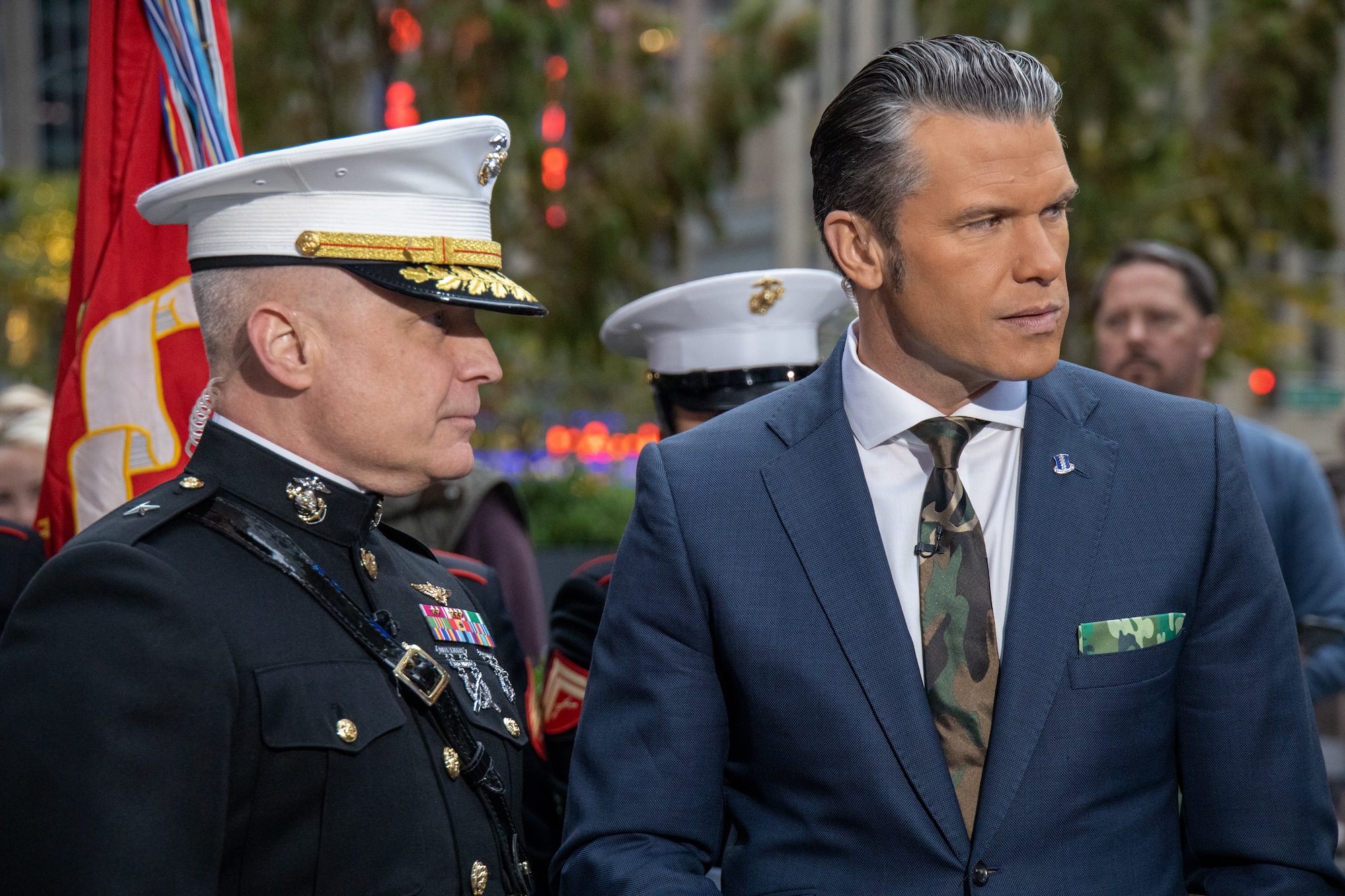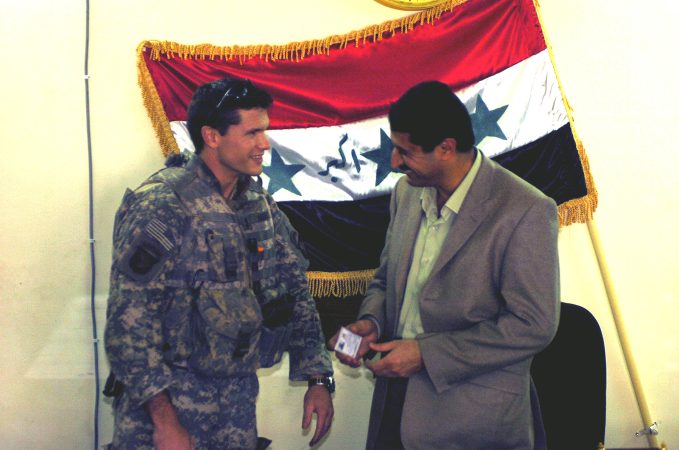Artificial intelligence and machine learning may in the future offer important capabilities to the Air Force’s radio frequency warriors, who confront America’s enemies in the electromagnetic spectrum—but that day is still some time off, according to their commanding officer.
“When it comes to cognitive [electronic warfare, or] EW, I just don’t see that we’re there yet,” Col. Larry Fenner Jr., the commander of the 350th Spectrum Warfare Wing, said at AFA’s Mitchell Institute for Aerospace Studies inaugural Airpower Futures Forum Nov. 13.
By cognitive EW, Fenner explained, he was referring to the use of artificial intelligence and machine learning, or AI/ML, to replace time-consuming and labor-intensive manual work involved in the processing of spectrum data collected by aircraft on a mission, to turn it into actionable intelligence, which can then be used to engineer electronic countermeasures or protective measures.
“We don’t have a component on an aircraft that can … do everything that we [currently] have to do [in the] rear echelon on the fly. That’s ideal, but we’re not there,” Fenner acknowledged.
In the current fight, Fenner said, “where we see the potential insertion of AI and machine learning is in that data architecture.” Using AI/ML to automate the processes of isolating an anomalous signal, and then generating a waveform to counter it would be a “game changer,” Fenner said.
Automating anomaly detection “allows me to go quicker. So now my engineers know exactly the target signal to go after to start doing their engineering processes” to produce defensive techniques or countermeasures Fenner added.
It would also allow the rapid scaling up of capabilities, which would be important in a high-end electromagnetic spectrum, or EMS, conflict with a peer adversary.
“Not having hours and hours of manpower, pouring over this particular one signal, but being able to do it at scale with hundreds of signals. That, to me, is the game changer, because now I can adapt quickly to that environment and get that back to the warfighter at the speed of relevance for that fight,” he said.
All that processing, and its planned future automation, would take place in the rear echelon, Fenner said, which could prove a problem in the vast Pacific theater, where China would be seeking to sever the communication lines of U.S. forces
In the Indo-Pacific, “the tyranny of distance issue will be significant, especially for the 350th Spectrum Warfare Wing when it comes to data wrangling. How are we going to get that data back from the forward edge to make sure that our folks can do the analysis and the exploitation and re-engineering and push it back out to the warfighters?” he asked.
“That’s going to be a difficult problem, especially when you’re in a dynamic, contested environment. How do you move that data, or get the folks out there that’re going to be able to pick up that data from the aircraft? Or is there a way to have an airborne network that passes that data back to your [rear] echelon? These are going to be difficult problems as we try to update the electromagnetic operating environment,” he said.
He added that there were a number of barriers he had to overcome to succeed: “Funding, resources, infrastructure and personnel are some of the barriers … some of them are man-made, some of them are policy-made,” he said.
One issue was “standardization,” he said. The wing supplied EMS data to more than 75 different platforms. But there is an issue. “Not every pipeline has the same structure,” Fenner said. “So what works for one particular platform does not work for another. … We have seen where we can go fast, but there are areas where policy variables, dissimilar structures, manpower-intensive processes do slow us down, and that’s what we’re highlighting right now, so that we can go faster.”
The activation of the 350th SWW in 2021 was seen by many as an attempt to refocus the Air Force enterprise on EMS operations or EMSO—a term that encompasses intelligence gathering and spectrum management as well as traditional offensive and defensive EW. It’s a focus that is badly needed after two decades of relative neglect during the war on terror, when nation-state adversaries had watched U.S. forces in action, and worked on ways to counter their superiority, Fenner said.
“Our adversaries, they definitely had an opportunity … to build up their [EW] apparatus and their capabilities … to counter what has traditionally been an advantage for us in the spectrum,” he explained.
The stakes couldn’t be higher, he argued, echoing previous remarks by senior Air Force officials, “If we lose in the spectrum, we lose in the air,” he said.
